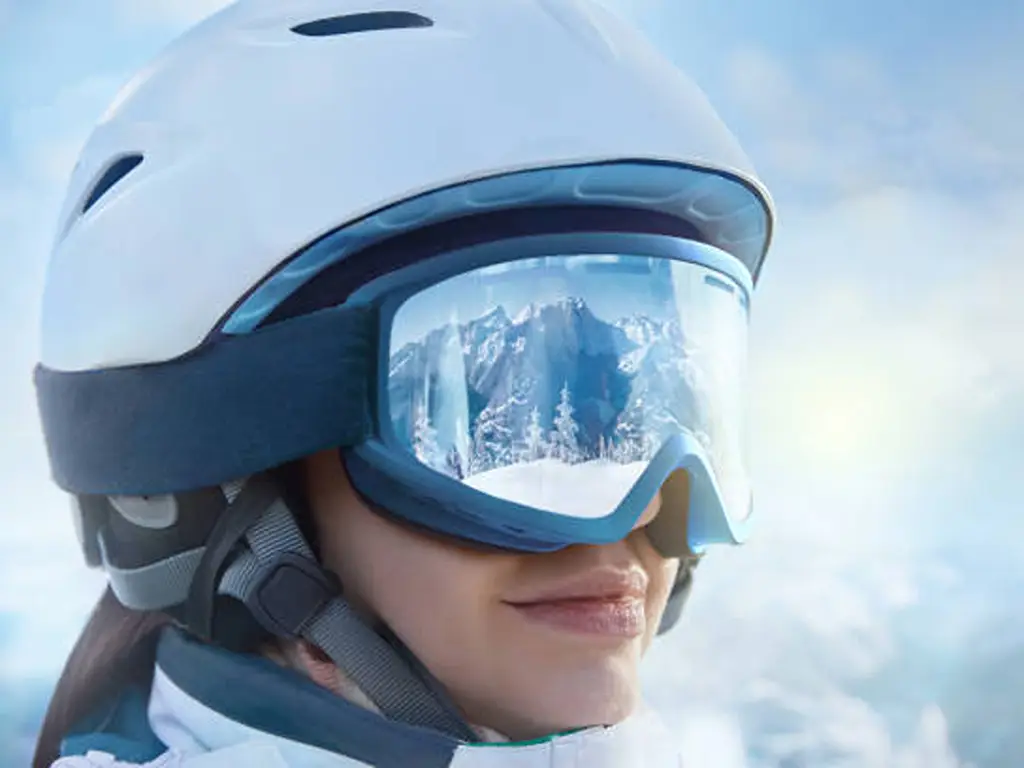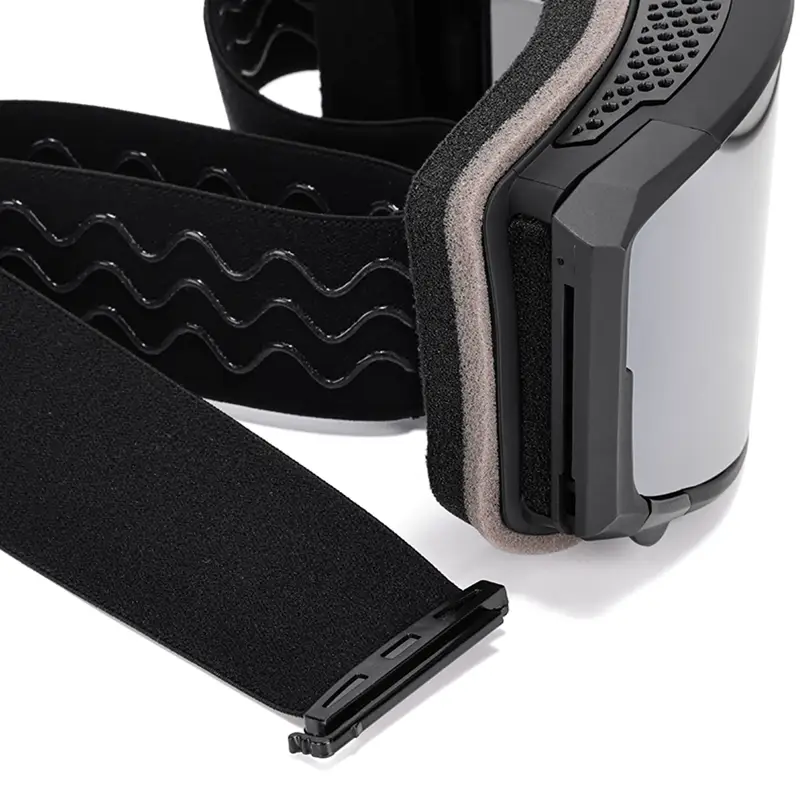Understanding the Real Risks of Sports Eye Injuries
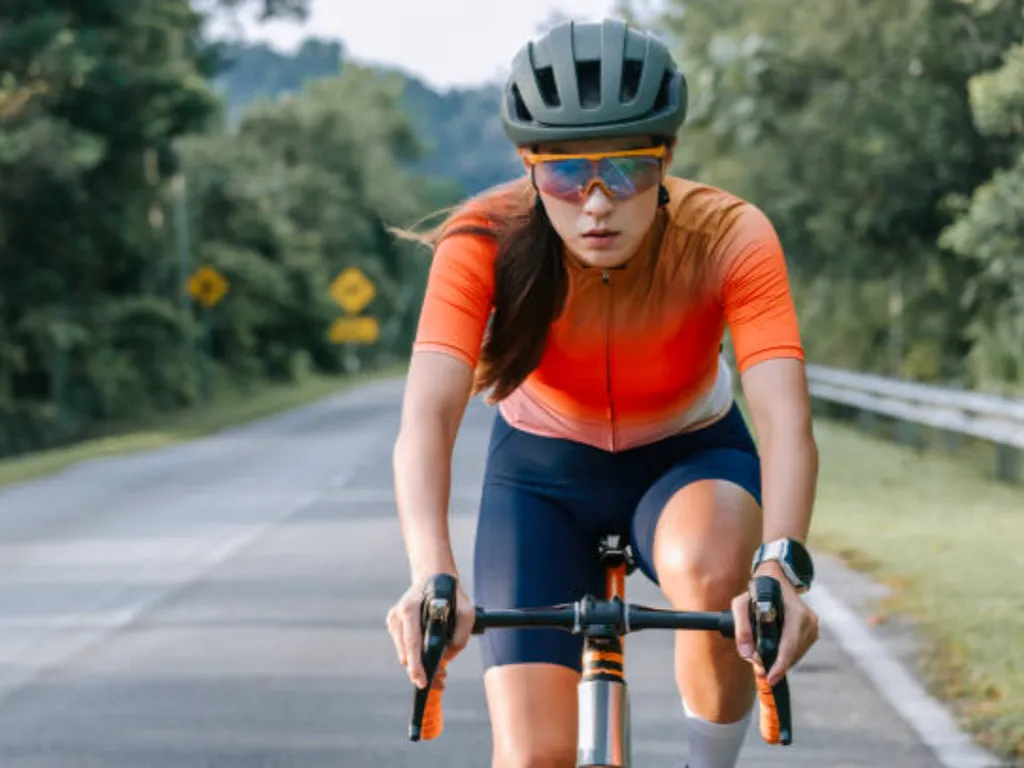
Sports and outdoor activities inherently expose athletes to ocular risks, yet these hazards are frequently underestimated. According to the American Academy of Ophthalmology, over 40,000 eye injuries occur annually in the United States from sports, with roughly 90% of them preventable through proper eye protection.
High-contact sports such as basketball, racquetball, and baseball are primary contributors. However, even ostensibly low-contact disciplines like marathon running, golf, and cycling expose athletes to airborne debris, UV radiation, and environmental elements that can cause corneal abrasions or retinal damage.
A critical concern is cumulative microtrauma, which may go unnoticed until significant impairment occurs. Repeated exposure to wind, sunlight, or minor impacts can lead to long-term visual degradation. Ordinary glasses or non-certified sunglasses provide minimal protection; they are not engineered to withstand high-velocity impacts or environmental stressors inherent in athletic activity. Awareness is the first step toward prevention, emphasizing that eye safety is an essential component of athletic performance.
Why Sports Eye Protection Matters for Every Athlete
The importance of eye protection extends beyond the immediate prevention of injuries. Sports eye protection safeguards long-term vision health and maintains consistent performance under high-stress conditions. Even minor corneal abrasions or lens scratches can reduce visual clarity, impacting reaction time, depth perception, and precision in fast-paced sports.
Moreover, protective eyewear has psychological benefits. Athletes who wear certified sports glasses demonstrate higher confidence, improved focus, and a reduced fear of injury. In addition to safety, this enhances competitive consistency. The financial perspective also favors early adoption: medical costs for ocular injuries often exceed the price of high-quality sports eyewear, making prevention both a practical and strategic investment.
In essence, effective eye protection is an investment in both safety and performance, enabling athletes to maintain clarity, confidence, and control.
How to Choose the Right Sports Eye Protection
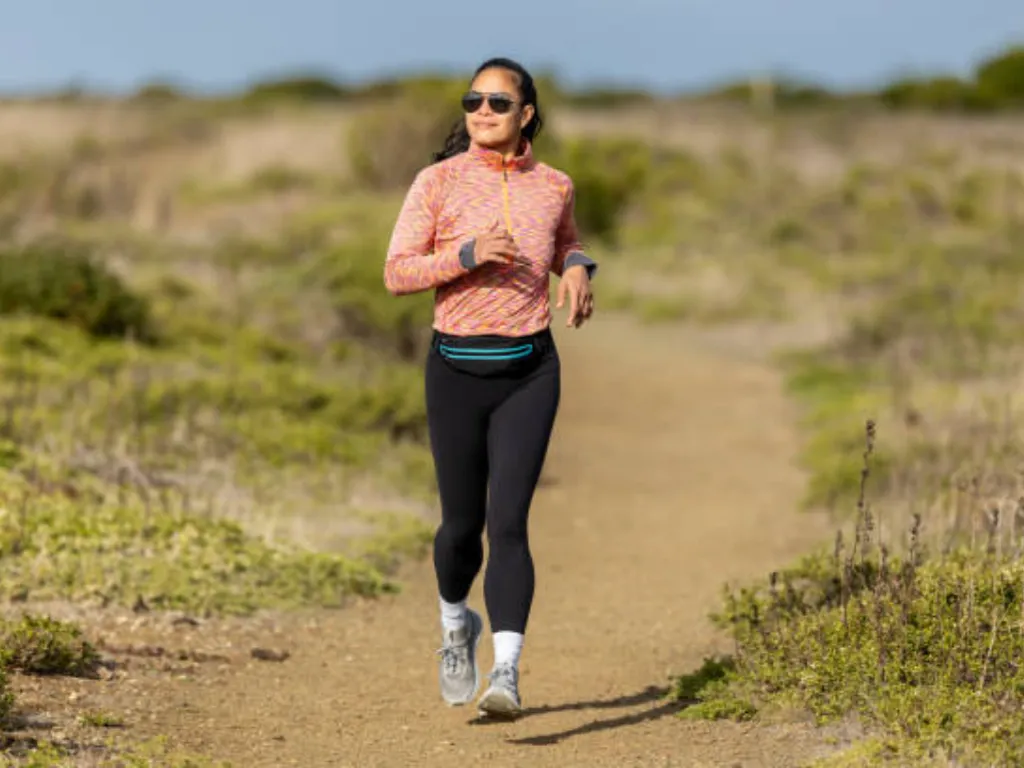
Selecting the appropriate sports eyewear involves evaluating fit, lens material, protective rating, and compliance with safety standards. The choice should also reflect the specific risks associated with the intended sport.
Lens Material: Polycarbonate and Trivex lenses are preferred due to their high impact resistance and lightweight design. Photochromic or polarized lenses may be added to enhance visual comfort in varying light conditions.
Frame Design: Wraparound frames with adjustable temples and non-slip nose pads are recommended to maintain stability during rapid movements. Ventilation channels prevent fogging without compromising protection.
Certification: Look for ASTM F803 or ANSI Z87.1 standards to ensure that eyewear has been tested for high-velocity impacts and optical clarity. Non-certified products may fail in real-world conditions, posing a safety risk.
Light Management: Lenses should offer 100% UVA/UVB protection. Anti-glare or mirrored coatings improve contrast and reduce eye strain during outdoor or bright light activities.
줄롱 — Your Trusted Partner in Premium Sports Eyewear Solutions
와 함께 over 14 years in the sports eyewear industry, Julong specializes in developing custom, high-performance protective eyewear for brands, retailers, and distributors. Supported by 8 아르 자형&D experts and 150+ 특허, Julong provides innovative, impact-resistant designs tailored to various sports.
Julong’s private label solutions ensure that products are safe, ergonomic, and visually appealing, bridging the gap between compliance and performance. By collaborating with a technically advanced manufacturer, brands can offer athletes eyewear that reliably protects while enhancing comfort and confidence.
Sports Eye Protection by Activity Type
Different sports present distinct risks, requiring specialized eyewear solutions. The table below summarizes recommended eyewear types, lens colors, light transmission, and frame considerations for common sports categories:
| Sport Category | Recommended Eyewear | Lens Color | Light Transmission (VLT) | Frame Design / Notes |
| Ball & High-Impact Sports (Basketball, Baseball, Pickleball, Racquetball) | Sport Goggles / Impact-Resistant Glasses | Clear or Amber | 80–100% (Indoor), 60–80% (Outdoor) | Wraparound frames, adjustable strap, anti-fog vents |
| Outdoor & Environmental Sports (Cycling, Skiing, Snowboarding, Running) | Sport Sunglasses / Goggles | Grey, Brown, or Photochromic | 15–50% (Bright Sun), 50–80% (Variable) | Aerodynamic frames, UV 보호, ventilation channels |
| Water & Contact Sports (Swimming, Martial Arts, Football) | Sport Goggles / 안전 안경 | Clear or Blue | 80–100% (Indoor), 60–80% (Outdoor) | Shatter-resistant, snug fit, anti-slip nose pads |
| General Fitness / Low-Impact Sports (Tennis, Golf, Track & Field) | Sport Sunglasses | Brown or Green | 60–80% | Lightweight, semi-wraparound, moderate coverage |
Notes:
- VLT = Visible Light Transmission; lower VLT for bright conditions, higher VLT for indoor/low-light.
- Lens color should enhance contrast and visibility for the specific environment.
- Frame adjustments are critical for stability during rapid movement or sudden impacts.
Understanding Safety Standards and Certifications
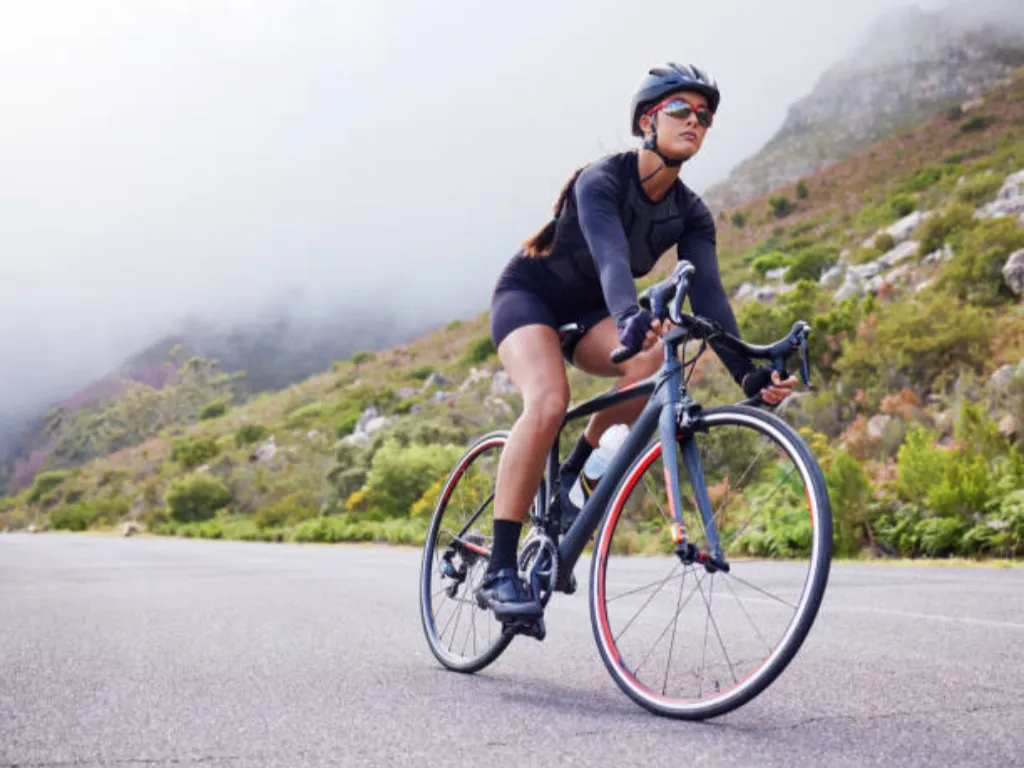
Ensuring that eyewear meets internationally recognized standards is a crucial step in selection. ASTM F803 and ANSI Z87.1 are widely accepted safety certifications.
- ASTM F803: Specifies performance requirements for protective eyewear in high-velocity sports environments.
- ANSI Z87.1: Focuses on impact resistance, optical clarity, and lens retention under stress.
It is important to understand the difference between “impact-resistant lenses” and “certified protective eyewear”. While some glasses may withstand minor impacts, only certified eyewear guarantees performance against tested high-velocity conditions. Checking certification labels prior to purchase ensures both safety and compliance.
Lens Materials and Technologies Explained

Lens composition significantly influences performance and protection. Common materials include:
| Material | Pros | Cons |
| Polycarbonate | Lightweight, high impact resistance | Moderate optical clarity vs. CR-39 |
| Trivex | Excellent impact resistance, superior clarity, lightweight | Slightly higher cost |
| CR-39 | High optical clarity, scratch-resistant | Low impact resistance, heavier |
Additional technologies enhance functionality:
- UV Protection: Prevents long-term retinal damage.
- Polarized/Anti-Glare Coatings: Reduces reflections for clearer vision.
- Anti-Fog Coatings & Ventilation: Maintains clarity in humid or high-exertion conditions.
- Photochromic Lenses: Automatically adjust to ambient light.
Material and coating selection is more critical than brand name when evaluating protective performance.
Prescription Sports Eye Protection Options
Athletes with vision correction needs have multiple solutions:
- Prescription Sport Goggles: Fully customized lenses built into protective frames.
- Over-the-Glasses (OTG) Goggles: Fits over standard glasses, offering convenience and protection.
- Prescription Inserts: Modular lenses that fit into sport goggles, maintaining safety without full-frame replacement.
- Sports Contact Lenses: Combine freedom of movement with protective outer eyewear.
Each option has advantages depending on the sport. OTG goggles may be suitable for skiing but less stable in basketball, whereas inserts provide a flexible solution for multiple activities.
Kids and Youth Sports Eye Protection
Children and adolescents are more susceptible to eye injuries due to smaller facial structures and higher activity unpredictability. Recommended materials include flexible polycarbonate lenses and lightweight frames.
When selecting eyewear for young athletes, consider:
- Proper size and adjustability for a secure fit.
- Comfortable nose and temple pads to prevent pressure points.
- Verified safety certification to meet regulatory standards.
Care, Maintenance, and Replacement Tips

Protective eyewear requires routine maintenance:
- Cleaning: Use microfiber cloths and lens-safe solutions to avoid scratches.
- Storage: Hard cases prevent deformation and accidental impacts.
- Inspection: Replace lenses or frames showing cracks, loose components, or worn padding.
Proper care ensures consistent optical clarity, impact resistance, and comfort.
Common Myths About Sports Eye Protection (FAQ)
Q1: Do I need eye protection for non-contact sports?
예. Environmental factors like wind, UV exposure, and debris present real risks even in non-contact activities.
Q2: Are regular sunglasses safe enough for sports?
No. Ordinary sunglasses are not impact-tested and may fail under dynamic conditions. Certified sports eyewear ensures both clarity and protection.
Q3: Why are certified protective goggles more expensive and are they worth it?
Costs reflect engineering, 테스트, and compliance. The expense is minimal compared to the consequences of eye injuries.
Q4: How can I tell if my sports eyewear meets safety standards?
Check for ASTM F803 or ANSI Z87.1 labels. Certification ensures tested resistance to impact, optical clarity, and lens retention.




